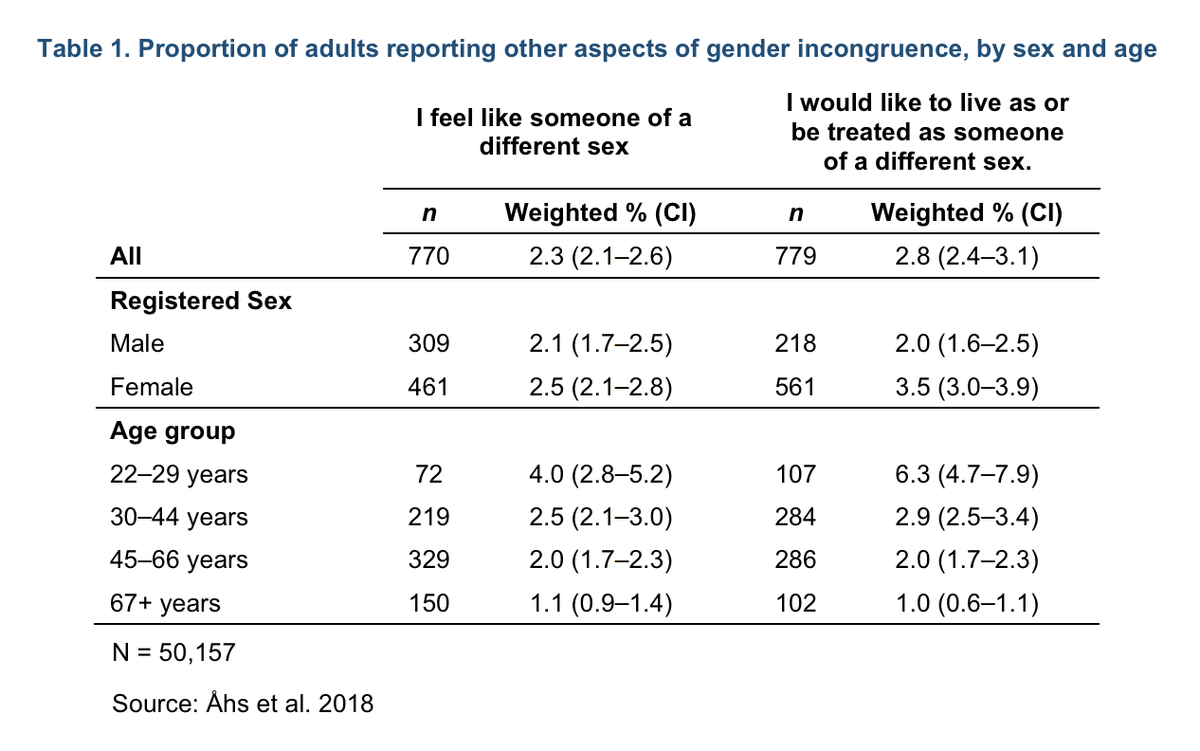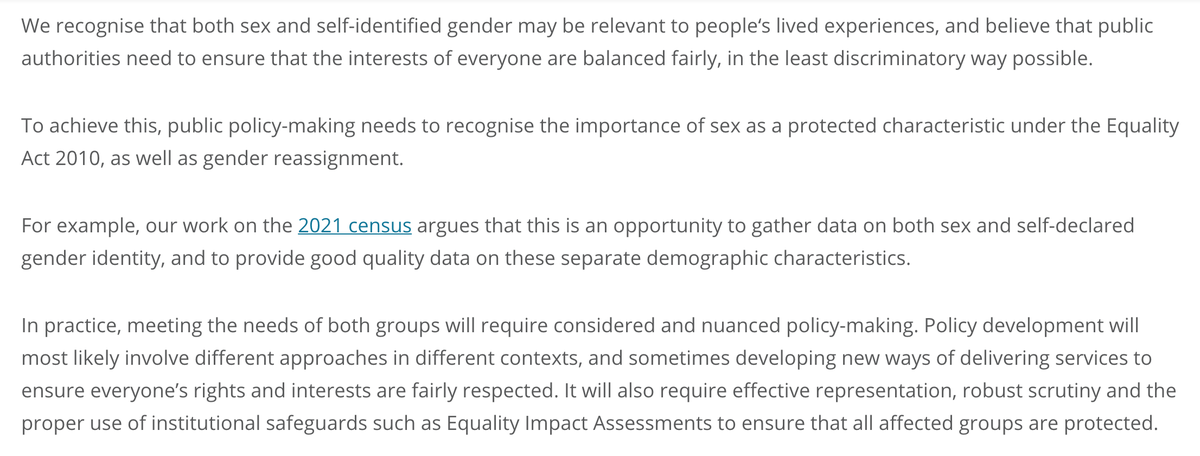The debate about the language used in campaigns to encourage women to attend cervical smear tests also provides an opportunity to consider arguments being made about the importance of collecting robust, sex disaggregated data in the census and other major data collection surveys.
The uptake of cervical cancer screening has been declining and Cancer Research UK note that it is lowest amongst women aged 25-29 years old, as well as women from low income backgrounds and ethnic minorities. #cervical_increase1">https://www.cancerresearchuk.org/health-professional/screening/evidence-on-increasing-cervical-screening-uptake #cervical_increase1">https://www.cancerresearchuk.org/health-pr...
We ( @mbmpolicy) have spent the last two years explaining why it’s important to collect robust data on sex in the 2021 census and other major data collection surveys. The sex question in the census is being framed as one about self-declared gender identity. https://murrayblackburnmackenzie.org/2020/02/07/mbm-view-on-proposals-for-the-sex-question-in-the-uk-2021-census/">https://murrayblackburnmackenzie.org/2020/02/0...
No big deal, say many LGBT groups: the numbers are so small that it will make little discernible difference. But leading social scientists are concerned about the effects of framing the sex question this way on the data collected on sub-populations. https://www.thetimes.co.uk/article/census-fears-over-gender-identity-rmx0gmzxq">https://www.thetimes.co.uk/article/c...
This 2018 large scale study in Sweden showed that over 6% of people aged 22-29 years old want to be treated as members of the opposite sex. Now imagine that this sort of % of young women migrate out of the ‘female’ box in the census or NHS datasets. https://mbmpolicy.files.wordpress.com/2020/06/a-neglible-effect.-the-untested-assumptions-behind-plans-for-the-2021-census.-mbm-blog-4-june-2020.pdf">https://mbmpolicy.files.wordpress.com/2020/06/a...
Census data are used as the denominator for calculating disease prevalence rates. Imagine what this would do to the cervical cancer rate amongst 25-29 year olds, the age group with the lowest uptake of cervical cancer screening.
These datasets drive public spending allocations. If the cervical cancer rate for young women artificially plummets because the data is no longer robust, the case for increasing funding to encourage uptake or expand the screening programme collapses.
This is why we argue for the collection of robust data on sex *and* on self-declared gender identity, but we absolutely must not conflate these two distinct concepts and categories. https://murrayblackburnmackenzie.org/statement-on-sex-gender-identity-and-policy-making/">https://murrayblackburnmackenzie.org/statement...
As far as we have been able to establish, no organisation advocating for framing the sex question as one about self-declared gender identity in the census or other major data collection surveys has demonstrated that they have considered the potential impact on sub-populations.
This thread contains a number of examples of data collection surveys which no longer collect robust data on sex: https://twitter.com/mbmpolicy/status/1274363529257267210">https://twitter.com/mbmpolicy...
A quant data researcher points out that the screening uptake rather than the disease prevalence rate will be over-stated, if former is calculated using census data, and disease rates in the male pop& #39;n would be under-counted, given evidence of more transition F to M than M to F.
Nonetheless, looking at the Swedish study and the Cancer Research UK uptake levels in parallel neatly illustrates what is at stake if datasets used as population base lines collect data on gender identity *instead of* sex.

 Read on Twitter
Read on Twitter





